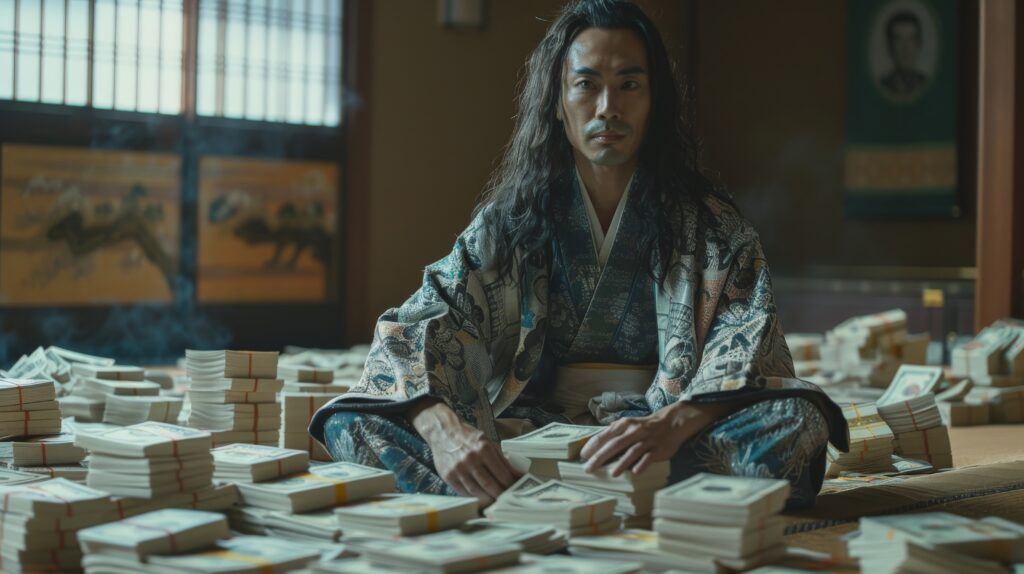1. Introduction: Mahjong and Travel — A Global Connection
Mahjong, a traditional Chinese game, has transcended its cultural origins to become a global phenomenon, captivating millions of players worldwide. For avid Mahjong players, it’s not just a pastime—it’s a social activity, a way of connecting with others, and an integral part of their travel experience.Explore the exciting world of Mahjong Travel with Players: Exploring the Global Phenomenon of Mahjong in Travel Mahjong travel with players! Learn how Mahjong enthusiasts can enjoy this ancient game while traveling, discover tips for organizing Mahjong events, and dive into the global community that connects Mahjong lovers across the world
The Origins of Mahjong
Mahjong is a game that has roots in ancient China, dating back to the Qing Dynasty (1644–1912). Initially a game for the elite, it slowly became popular across all strata of society. The game, traditionally played with 144 tiles, has been a staple in Chinese households, but it has since evolved into a form of international entertainment, adapted and embraced by cultures across the globe.

Why Mahjong is a Perfect Game for Travelers
Traveling offers the opportunity to experience new cultures, explore unique destinations, and connect with people from all over the world. Mahjong, with its social nature and rich cultural history, is an ideal activity for travelers seeking to engage with locals and fellow travelers alike. Whether you’re in a hotel lobby, a bustling Asian market, or a quiet rural village, the game brings people together, offering an exciting opportunity for cultural exchange.
2. The History and Evolution of Mahjong
Understanding the historical journey of Mahjong helps contextualize why it is so popular among travelers. Here’s a deeper dive into the evolution of the game.
The Ancient Chinese Origins of Mahjong
As mentioned, Mahjong originated in China, with various theories about its creation. Some attribute the game to Confucius, while others trace it to the social practices of Chinese nobility in the 19th century. The game gained massive popularity in China, especially during the 20th century.
Mahjong’s Spread Across Asia
Mahjong quickly spread across Asia, adapting to various regional styles and customs. In Taiwan, Japan, and Korea, unique versions of the game developed, each with its own set of rules and strategies. In Japan, for example, Mahjong became known as “Riichi Mahjong,” which introduced additional layers of complexity.
Global Expansion: Mahjong in Western Countries
Mahjong was introduced to Western countries in the early 20th century, largely through Chinese immigrants and Western fascination with Asian culture. By the 1920s, it was being played in the United States and Europe, where it was embraced both as a social activity and as a competitive pursuit.
3. Mahjong as a Social Activity for Travelers
Why Mahjong is More Than Just a Game
Mahjong is not just about winning—it’s about the community and the camaraderie that comes with it. For travelers, this social aspect of Mahjong makes it a unique way to connect with others. In fact, Mahjong serves as a form of cultural exchange, where players can learn from each other’s customs, techniques, and traditions.
The Role of Mahjong in Socializing While Traveling
When traveling, whether for leisure or business, the game offers a chance to unwind and interact with locals in a fun, low-pressure environment. It fosters meaningful conversations and friendships, and it provides a window into the daily lives of people from different cultures. It is especially popular in hotels, hostels, and community centers where players gather to play together.
How Mahjong Connects People Across Cultures
As a universal game, Mahjong has the power to break down language barriers and connect people from all walks of life. Whether you’re in Shanghai, New York, or Tokyo, there’s a good chance you’ll find a Mahjong group or a fellow player ready to share their expertise.
4. Mahjong in Popular Travel Destinations
Mahjong Culture in China
China is the birthplace of Mahjong, and it remains the beating heart of the game. In major cities like Beijing, Shanghai, and Guangzhou, Mahjong can be found in public parks, local homes, and even specialized Mahjong clubs. Traveling in China offers ample opportunities to experience Mahjong in its original setting.
The Mahjong Scene in Japan and Taiwan
Both Japan and Taiwan have rich Mahjong traditions that differ from the traditional Chinese style. In Japan, Mahjong is a staple in entertainment districts, and tournaments are held regularly. Taiwan offers a slower-paced version of Mahjong with intricate rules, and local Mahjong parlors are great places to meet people and play.
Exploring Mahjong in the United States and Europe
In the U.S. and Europe, Mahjong has gained popularity in the past few decades. Many large cities have Mahjong clubs and cafes where players meet to practice their skills. Additionally, the U.S. hosts several Mahjong tournaments, attracting international players.
The Role of Mahjong in Southeast Asia (e.g., Hong Kong, Macau)
Hong Kong and Macau, as global hubs, are not only famous for their vibrant casino cultures but also for their Mahjong scene. Here, both locals and tourists come together to play, offering travelers an authentic Mahjong experience.
5. How Mahjong Enhances the Travel Experience
Combining Travel with Mahjong Tournaments
For passionate Mahjong players, traveling to Mahjong tournaments around the world can enhance their travel experience. Many cities host international Mahjong competitions, where players from different countries gather to compete, socialize, and share their love for the game.
Mahjong and Cultural Immersion: Learning Local Traditions
Traveling with Mahjong allows players to immerse themselves in local traditions. Each country has its own take on the game, and learning about these differences enriches a traveler’s cultural understanding.
The Role of Mahjong in Making New Friends During Travel
Mahjong can act as a social icebreaker, especially for solo travelers. It offers an easy way to meet new people and make friends who share a common interest. Many hostels, cafes, and hotels organize Mahjong nights for travelers to join, turning strangers into companions.
6. Packing and Preparing for Mahjong Travel
Essentials for a Mahjong Player’s Travel Kit
When preparing for Mahjong-themed travel, there are a few essentials that every player should bring:
- Compact Mahjong Set: A travel-friendly version of the Mahjong set that fits into a suitcase or backpack.
- Online Mahjong Apps: For those moments when finding a local game isn’t possible, mobile apps or online platforms offer a digital version of Mahjong.
- Travel Accessories: Items like score sheets, Mahjong tile pouches, or a Mahjong case can enhance your game experience.
Choosing the Right Mahjong Set for Travel
When traveling, it’s best to choose a lightweight, portable Mahjong set made of durable materials like plastic or bamboo. Some sets are specifically designed for portability, featuring compact cases and smaller tiles for easy transport.
How to Find Local Mahjong Games While Traveling
Websites, apps, and social media groups dedicated to Mahjong communities can help you locate Mahjong games in your travel destination. Additionally,
